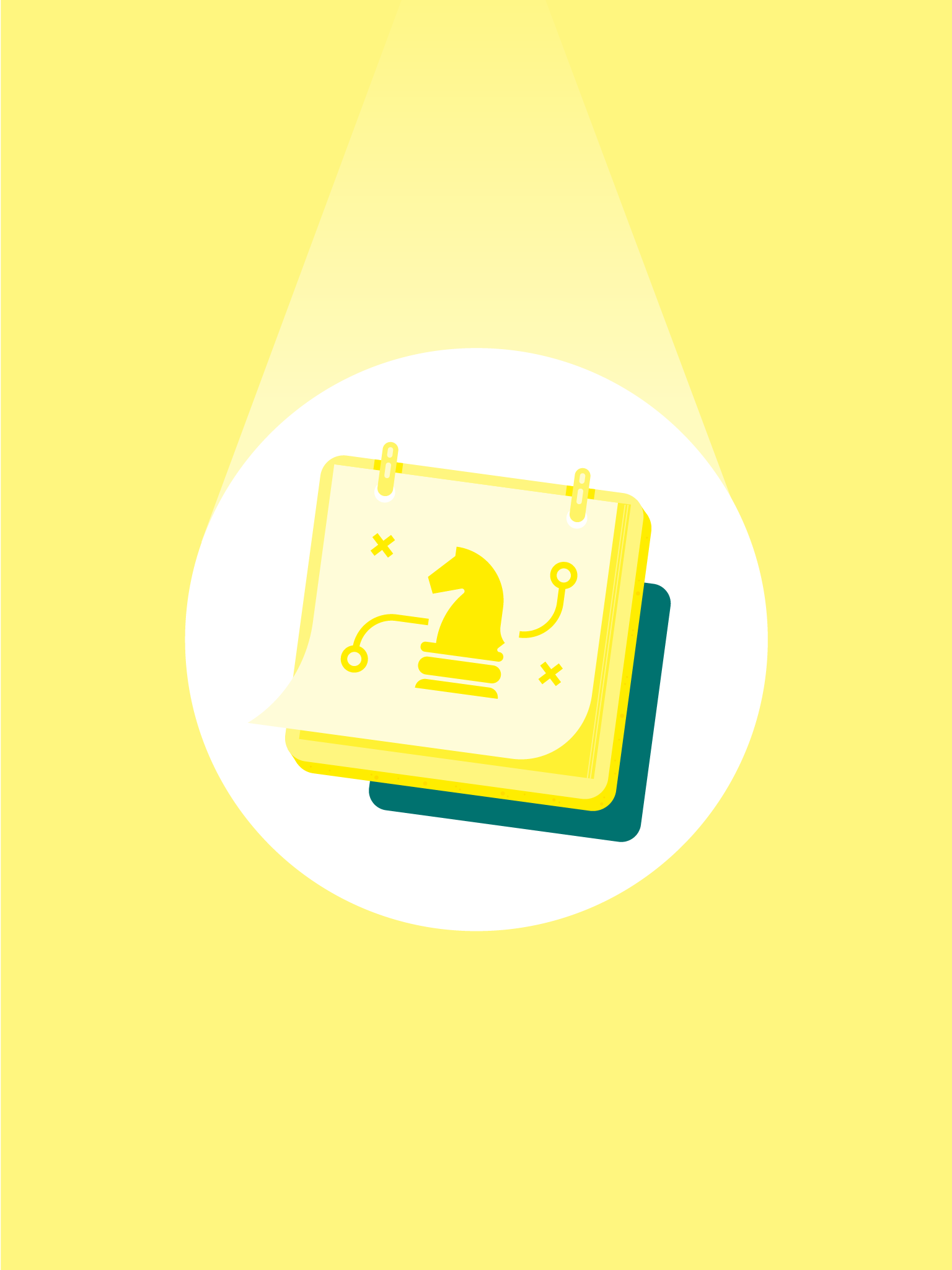Redesigning our future: when circular economy meets digital transformation
SHARE
Roxy Nucu
20 Apr 2020
In response to the climate challenge, an alternative economic system is gaining popularity and interest: the circular economy. Almost one in 10 (9%) companies have already built their business models on circular design principles.
It’s a growing trend supported by European and global initiatives, as well as free learning programmes provided by Ellen McArthur Foundation – all of which are accelerating its adoption.
We live in an age where our economic activities are threatening the survival of our species and our planet. The two huge environmental challenges at hand are resource scarcity and global warming.
We need to explore fundamentally different approaches to business in order to meet these challenges. There’s now a real need to develop models that draw less and less on finite, non-renewable resources and reduce carbon emissions.
And with technology businesses rapidly driving a new industrial revolution around the world, the technology sector has become a key player in re-designing businesses for the better. Digital technology, in its many forms, has the potential to map, organise, and optimise our global economy, a critical component in adapting to a circular economy.
Digital transformation is the perfect opportunity for environmental-first design.
Industry 4.0
Representing the seismic shift in traditional manufacturing, Industry 4.0 is a vital tool for business optimisation in a circular economy.
The various technologies that sit under the Industry 4.0 umbrella (Internet of Things (IoT), Artificial Intelligence (AI), cognitive computing, cloud) are all enabling circular strategies.
They’re allowing manufacturing to move towards a service-based business model, where a product is replaced by a service supported by machine intelligence.
For instance, the new materials which enable device-to-device connectivity in manufacturing will be able to communicate their identity, position, status and role – meaning materials can be tracked, managed, improved and reused as a circular asset.
This transforms the core product into a service capable of monitoring its own condition and flagging when it needs maintenance or recycling: a system enabling circularity.
Internet of Things
Due to its ability to transfer data over a network without human intervention, IoT is a key building block for the circular economy. It enables traceability, analytics, predictive maintenance, control and dynamic optimisation, all based on that live data.
Keeping objects connected means data can be used to support better decision-making about resource allocation, consumption, and regulations.
Furthermore, predictive maintenance relies on IoT sensors and analytics to allow manufacturers and service operators to know in advance when equipment needs servicing. This extends the lifecycle of materials by reusing, reconfiguring and repairing products using lower energy methods.
Blockchain
Blockchain could play a fundamental role in moving our global economy to a more circular model. A public ledger of verifiable and auditable transaction blocks, blockchain can track and prove transaction provenance, enhancing the trust between transacting parties and speeding up the process.
This makes it possible to identify the products that are not conforming to circular principles and ensure the market is regulated.
For instance, products could be automatically withdrawn if quality standards are not met, such as consuming too much energy, producing too much waste, or not being adequately repaired, reducing the risk of reputational damage to the manufacturer.
Although blockchain is a foundational technology with the potential to completely redefine the economy, it also has its limitations. The very high energy consumption involved in creating a blockchain entry means it cannot yet be considered a fully sustainable solution.
However, innovative consensus protocols are being developed at a smaller scale which show great potential for wider implementation.
Digital transformation – an opportunity for circular economy
The challenge of building a fully circular economy is massive, and we’re just at its early stages, but so was digital transformation in its infancy.
From IoT to blockchain, these are just some of the technologies businesses already use within their digital transformation journey.
It’s time to maximise these to change business models, products and services to ensure the most sustainable outcomes in the long term. Big data capabilities, connected objects, deep learning insights and automation will be at the heart of this transformation.
The circular economy promises to help build a positive human future enabled by technological breakthroughs and intelligent design.
Tech has a powerful role to play in this and it’s incredibly exciting to see how innovation can help us redesign our future, ensuring our long-term survival on finite resources.

